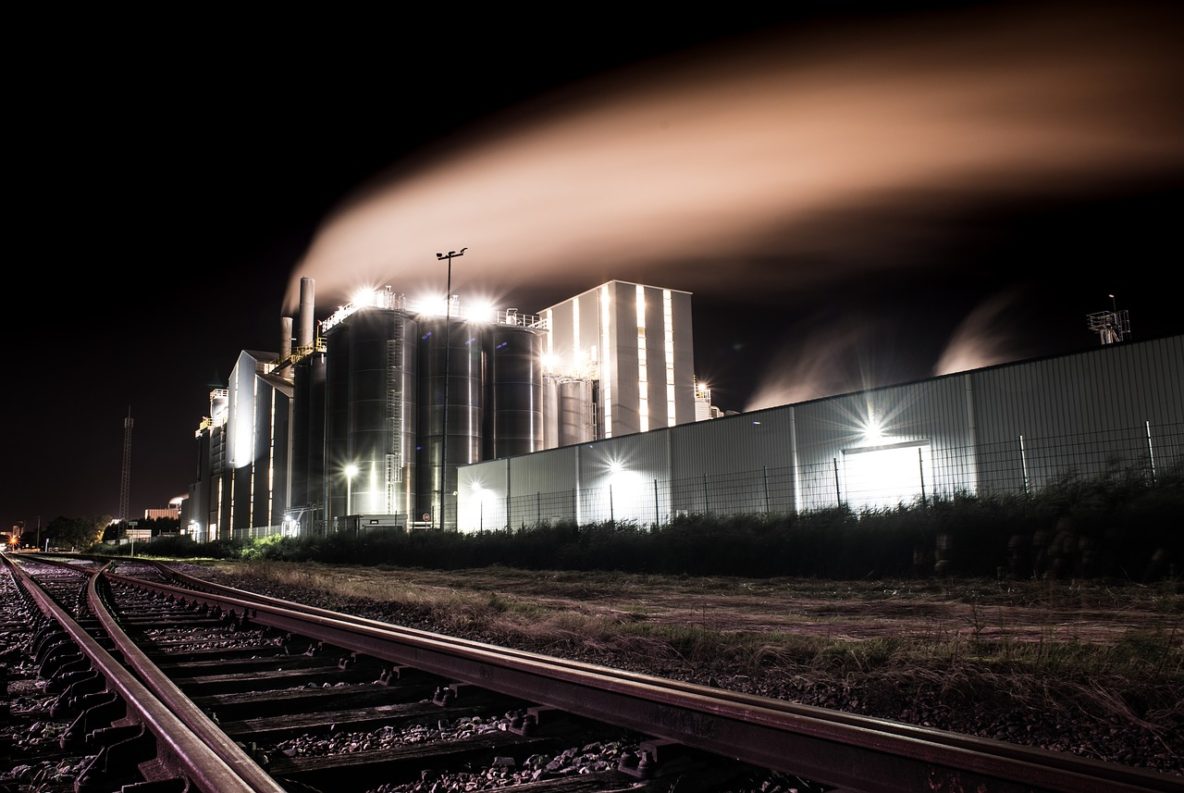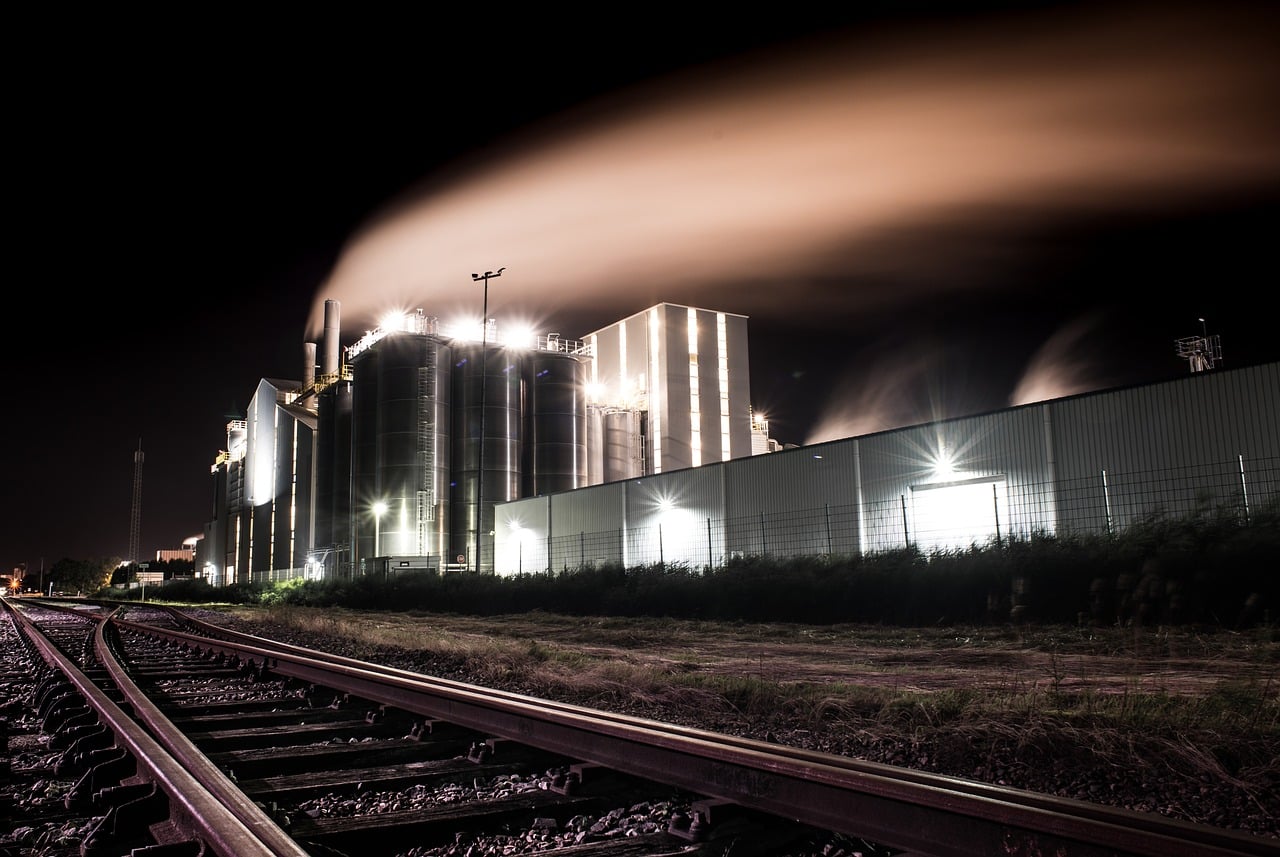NY Workers Comp Code 4829 Chemical Manufacturing Rates – NYC, New Jersey, Pennsylvania and Connecticut
Description: Code 4829 is applied to the manufacture of products requiring a chemical conversion which means any process in which the substances used in the manufacturing process undergoes a molecular change in composition. Some but not all the processes are: alcoholysis; alkylation; amination; calcination; carboxylation; compression of gases; distillation; esterification; halogenation; nitration; oxidation; reduction; sulphonation. The difference between Code 4828 which is the chemical blending or mixing for employers engaged in compounding, blending, mixing, bottling, and packaging chemicals which are not otherwise classified. Code 4829 is distinguished from that code by the fact that employers that qualify for code 4828 do not manufacture any of the ingredients they compound, blend, mix, bottle or package.
Materials Used: Chemicals, chemical mixing equipment, all manor of chemical manufacturing equipment.
NY Workers Comp Code 4829 Chemical Manufacturing Rates Pricing: Solid companies with a good loss history can obtain better than average pricing on NY Workers compensation rates.
Potential Environmental and Regulatory Liabilities at Chemical Manufacturing Facilities
The most common environmental and regulatory exposures at chemical manufacturing plants include:
• Uncontained floor drains around the plant site, both inside and outside buildings, which make spill control difficult.
• Information unavailable on where ALL floor drains discharge.
• Extensive liquid chemical inventories without secondary containment.
• Storing and staging 55-gallon drums of chemicals at multiple locations around the site in uncontained areas.
• Complicated piping networks without color coding or containment.
• Storm water contaminated by chemical drip, leaks and spills.
• Inadequate controls and containment for fire fighting water.
• Failure of high pressure and high temperature processes resulting in chemical releases to the environment.
• Inadequate containment of the chemical loading and unloading areas.
• Poor underground tank management programs.
• Improperly maintained PCB-containing electrical equipment.
• Above ground tanks, which are not tested or inspected for leaks through the bottoms, placed over soil.
• Underground tanks that were removed/abandoned for unknown reasons.
• Uncertainties about the historical use and conditions of closed on-site lagoons and landfills.
• Insufficient groundwater monitoring around wastewater lagoons and impoundments, especially in clay-lined basins.
• Inadequate assessment of potential impacts to groundwater from past spills and releases to on-site soils.
• Use of hazardous gases which might be released to the environment if tanks, valves, pipes, connections, etc. fail.
• Nuisance odors and noises.
• Chemical plants located on heavily industrialized areas might be falsely blamed for environmental problems of other companies.
• Poor housekeeping practices.
• No information on past waste management practices and environmental releases.
• Inadequate employee safety and medical surveillance programs.
• Absent, inadequate or out-of-date emergency and spill control plans, many of which are extensive and complex.
• Use of unusual or even exotic chemical compounds which could hinder emergency response personnel in chemical identification.
• Poor information on the possible adverse reactions and interactions of chemical compounds that accidentally commingle during a fire.
• Inadequate auditing of hazardous and non-hazardous waste handling and disposal contractors.
• Obsolete and remote equipment storage (bone) yards where oils and other residual liquids percolate into the soils.
• Inadequate back flow prevention devices to prevent harmful chemicals from siphoning back into the municipal water supply.
• Large inventories of bulk hazardous gases stored near areas frequented by vehicular traffic.
• Infrequent or undocumented preventive maintenance.
This is not an exhaustive list of environmental exposures. It represents the most common environmental exposures for Chemical Manufacturing Facilities.


